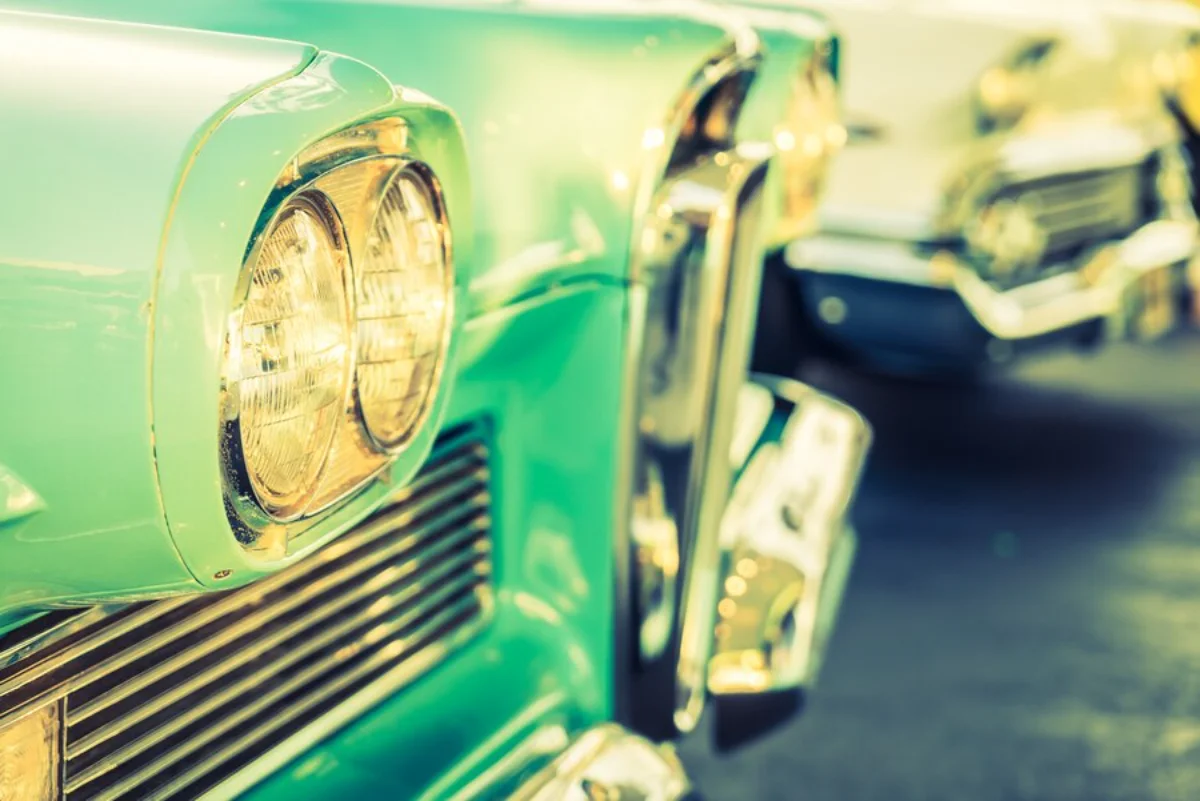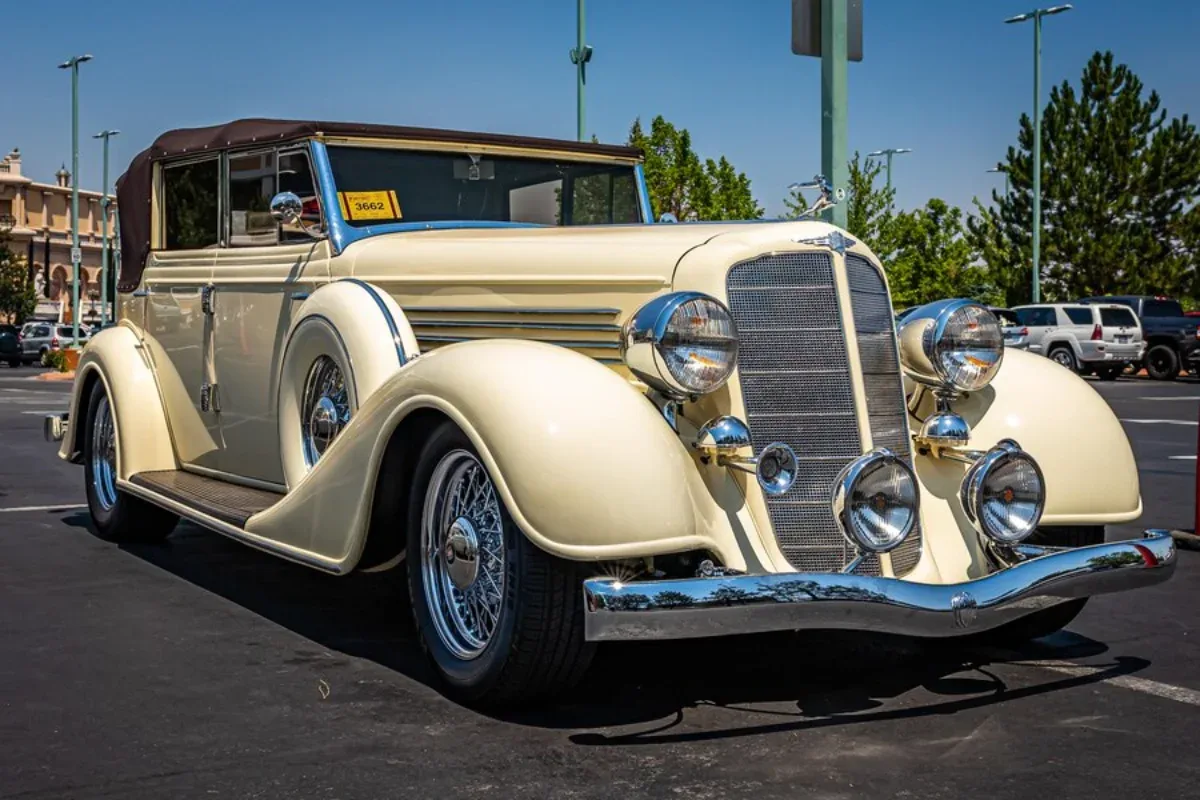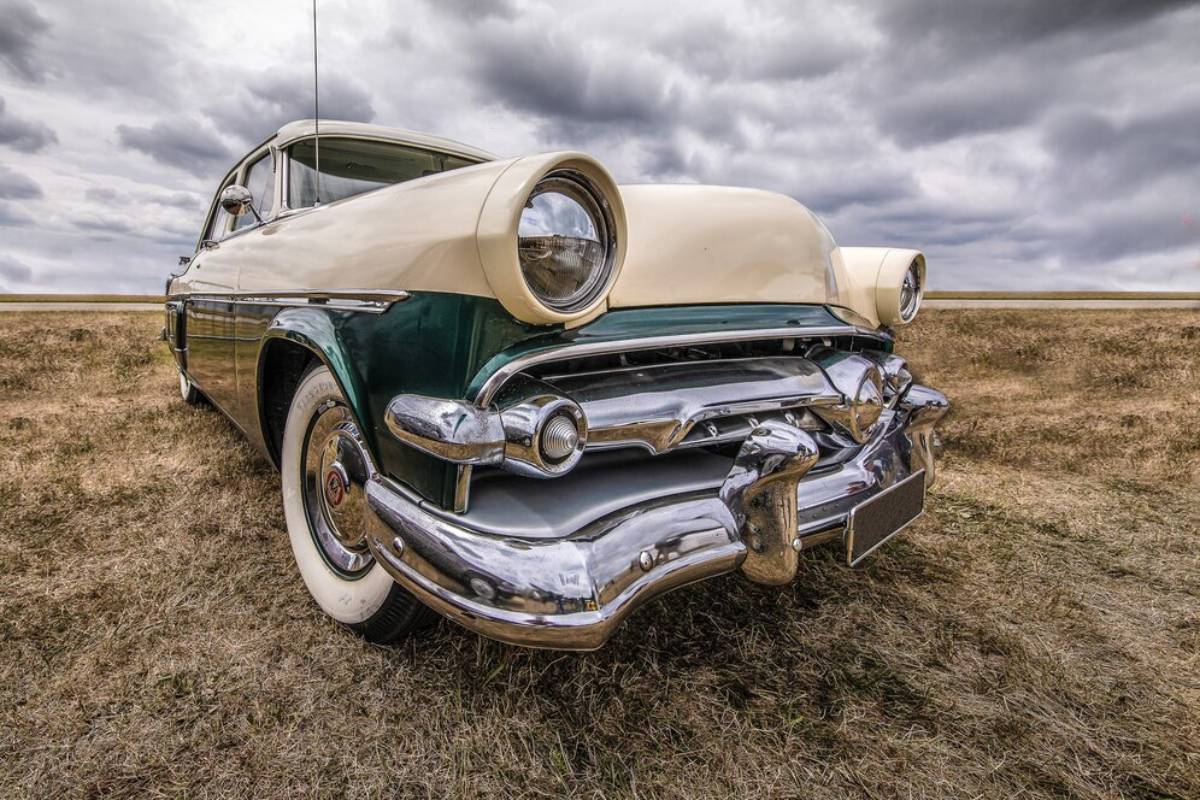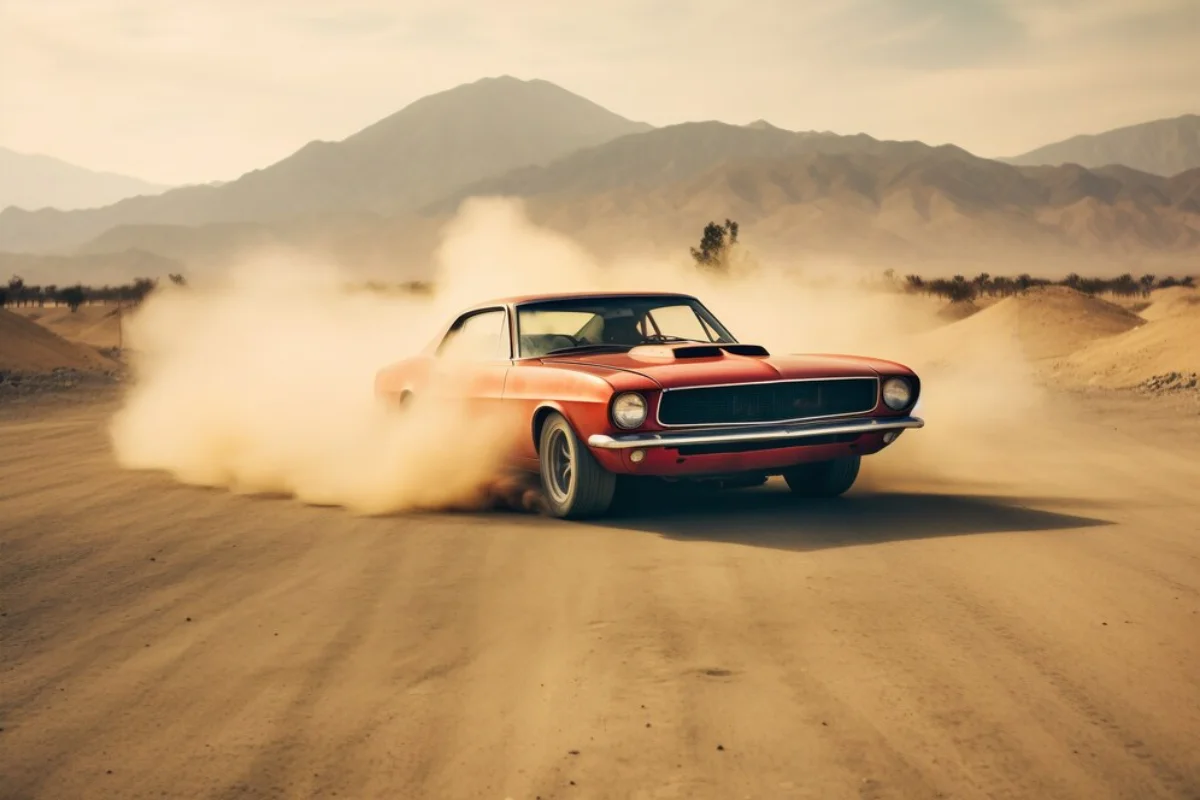
The Evolution of Muscle Cars: Then vs. Now
Muscle cars evoke power, liberty, and the American dream. They find everlasting appeal beyond these shores, endearing them to fans in the UK and further afield. The evolution of muscle cars reflects the evolution of technology, culture and consumer preferences. This blog explores their history, compares classic and modern models, and runs down the greatest muscle cars in history. Whether you know cars inside and out or are just a curious, newly-clued-in driver, this exploration uncovers what makes these vehicles iconic.
Muscle cars, known for powerful engines and sleek designs, emerged from a demand for speed. From the 1960s to today, muscle cars have changed dramatically. This evolution shows engineering progress and reflects shifts in society and tastes.
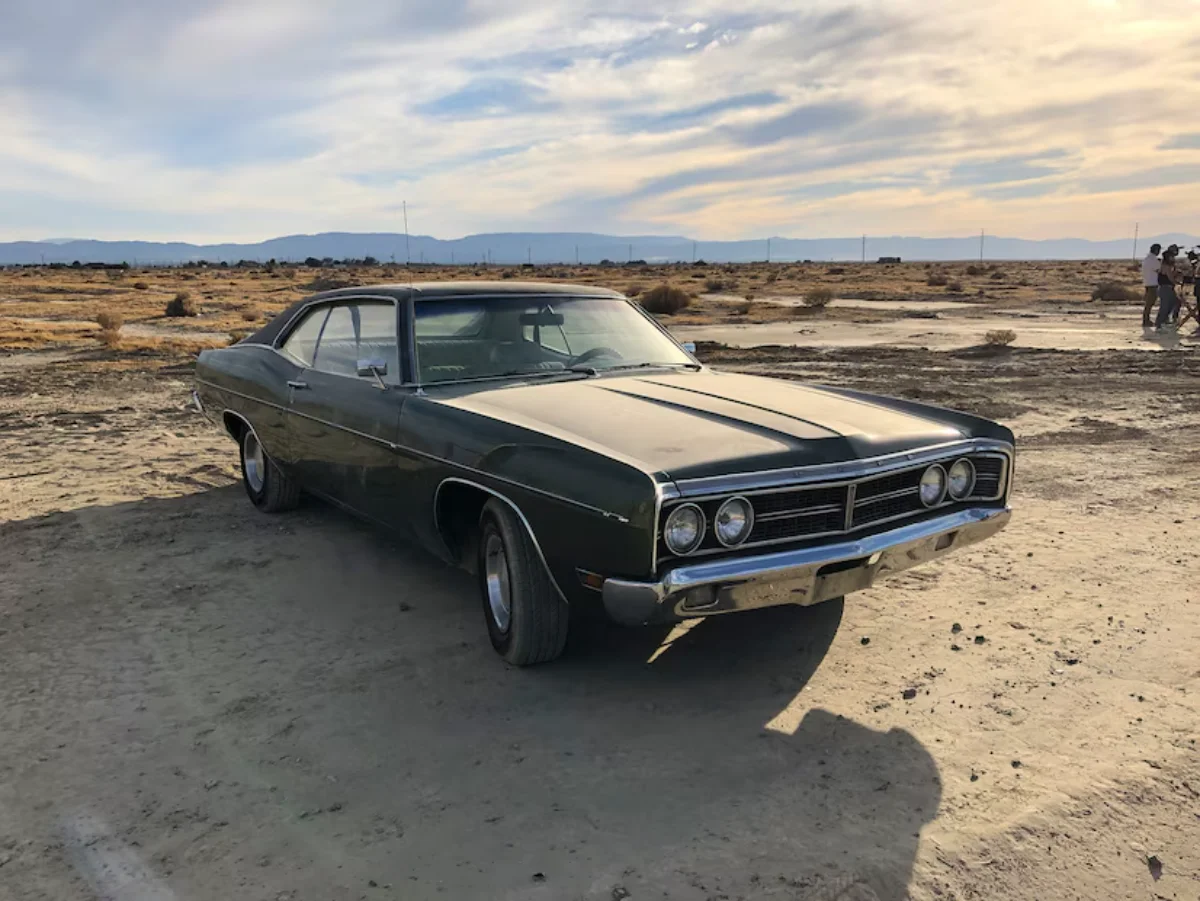
Key Benefits / Why It Matters
Understanding the history of muscle cars is essential for several reasons. First, it reveals past innovations and challenges in the automotive industry. The development of muscle cars highlights the creativity of engineers and designers. Classic and modern models show how technology boosts performance and safety. They also cut down on environmental impact.
Muscle cars also hold a special place in popular culture, symbolizing freedom and rebellion. They appear in films, music, and literature, becoming icons across generations. Muscle cars have changed with society. They show how consumer tastes and environmental awareness have evolved.
Finally, celebrating the top muscle cars allows enthusiasts to honor the most iconic models. These cars have made a lasting impact on the automotive scene, inspiring future designers and car lovers.

The History of Muscle Cars
The Birth of Muscle Cars in the 1960s
The muscle car era began in the U.S. during the 1960s, a time of economic growth and cultural change. “Muscle car” describes a two-door, rear-wheel-drive vehicle with a powerful V8 engine for high performance. The Pontiac GTO, introduced in 1964, is often seen as the first true muscle car. Its success inspired other manufacturers to create similar high-performance models.
During this time, muscle cars were affordable and popular among young drivers. Their speed, style, and low price made them symbols of youthful rebellion. Brands such as Ford, Chevrolet, and Dodge made their mark. They created iconic models like the Ford Mustang, Chevrolet Camaro, and Dodge Charger.
The Golden Era and Decline in the 1970s
The late 1960s and early 1970s are known as the golden era of muscle cars. Manufacturers pushed performance limits, creating powerful and stylish models. The 1970 Chevrolet Chevelle SS 454 packed a 450-horsepower engine. This power made it one of the strongest muscle cars of its era.
However, the 1970s brought challenges that led to the decline of muscle cars. The 1973 oil crisis caused fuel prices to rise, making gas-guzzling muscle cars less appealing. Stricter emissions rules and safety standards forced manufacturers to cut engine size and power. Many iconic muscle cars from the 1960s and early 1970s were discontinued or significantly altered.
The Resurgence in the 1980s and Beyond
Despite the challenges of the 1970s, muscle cars saw a resurgence in the 1980s and 1990s. Technology advances helped makers create high-performance cars that meet emissions and safety rules. Fuel injection, turbochargers, and computer engine management improved both performance and efficiency.
In the 21st century, muscle cars continue to evolve, blending classic design with modern performance. They attract both nostalgic enthusiasts and new drivers. Manufacturers are now using eco-friendly technologies. They include hybrid and electric powertrains. This change aims to attract environmentally conscious buyers.
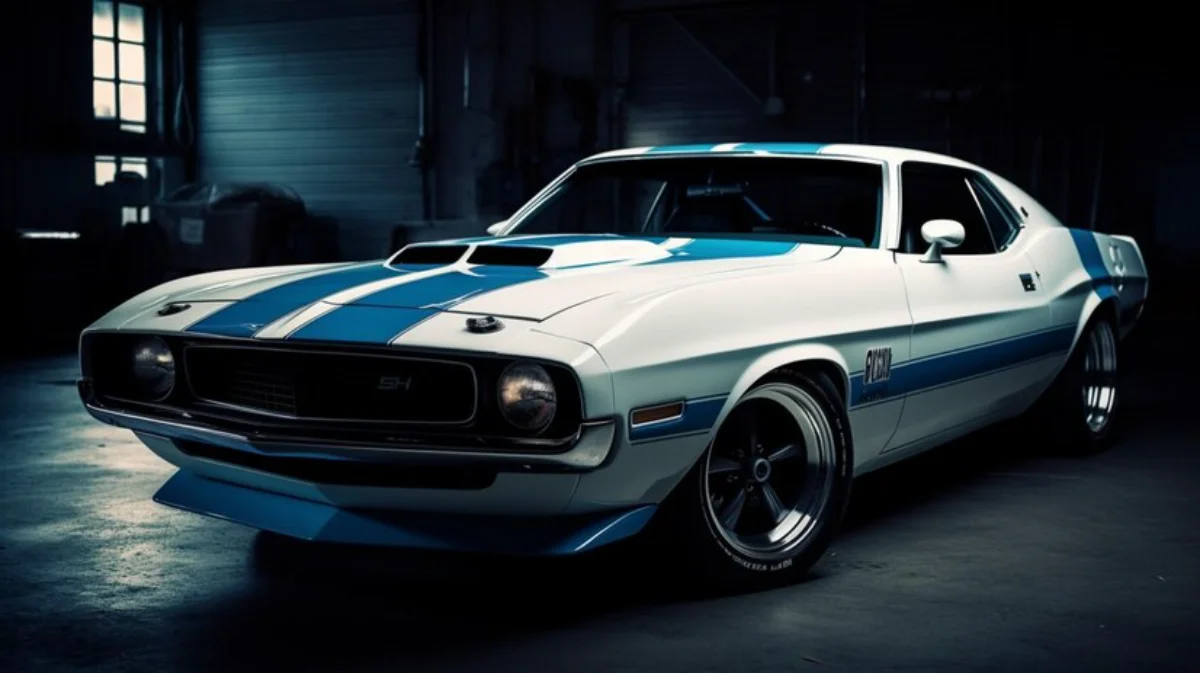
Classic vs Modern Muscle Cars
Design and Aesthetics
A key difference between classic and modern muscle cars is their design. Classic muscle cars are known for their bold, aggressive looks, featuring long hoods, wide stances, and distinct grilles. They were built to stand out, capturing the spirit of their time.
Modern muscle cars often have sleeker, more aerodynamic designs. They balance performance with fuel efficiency. Modern muscle cars keep classic styling, like strong lines, but use new materials and engineering. This makes them perform better and be safer.
Performance and Technology
Performance is vital for muscle cars, and both classic and modern models deliver impressive power. Classic muscle cars used large, naturally aspirated V8 engines for raw power. However, these engines often lacked the efficiency and technology of modern vehicles.
Modern muscle cars benefit from decades of advancements. They offer better performance, efficiency, and safety. Turbocharged engines, advanced suspension systems, and computerized traction control enhance the driving experience. They also have advanced infotainment systems. Plus, there are driver assistance features for more convenience and safety.
Environmental Impact
Environmental issues are now key in the automotive industry. They influence how modern muscle cars are designed. Classic muscle cars had big engines that used a lot of fuel. They often overlooked environmental concerns. Modern muscle cars now use eco-friendly tech, such as hybrid and electric powertrains. This helps cut emissions and boost fuel efficiency.
Manufacturers are looking into new materials and production methods. This helps reduce the environmental impact of muscle cars. These efforts support a bigger push for sustainability in the car industry. They balance performance and caring for the environment.
On a final note
Muscle cars have come a long way since the ’60s. Delving into their past, contrasting traditional and contemporary vehicles, and spotting top muscle cars shows what makes these machines unique.
Moving forward, muscle cars will adapt to new technologies while also taking into account the environment. The power and performance essence is maintained. The world of muscle cars has something for all, whether you love the classics or you prefer modern innovations.
